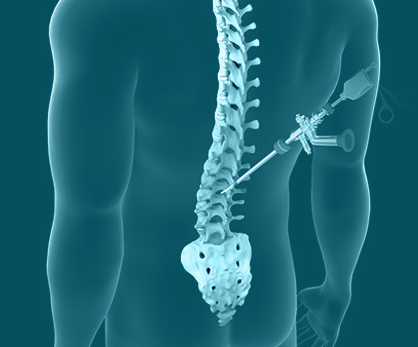Endoscopic Spine Surgery

Introduction
Endoscopic spine surgery is a cutting-edge technique that makes use of a small endoscope and specialized instruments to treat spinal conditions with minimal encroachment. This approach ensures reduced disruption to surrounding tissues and muscles. Patients benefit from minimal postoperative pain and quicker recovery times compared to open surgeries.
Endoscopic spine surgery addresses conditions like slipped discs and spinal stenosis. The improved visuals provided by the endoscope allow for accurate intervention, leading to better outcomes. Many patients have to go through a short hospital stay and a faster return to normal daily activities following this procedure. On a global scale, endoscopic spine surgery is becoming a more popular choice for people looking for cutting-edge and efficient spine care.

Why is it performed?
Numerous spinal disorders that cause discomfort, numbness, or weakness in the back and legs, including sciatica, spinal stenosis, and herniated discs, are treated using endoscopic spine surgery. For individuals who have not responded to conservative treatments such as physical therapy, medication, or spinal injections, this minimally invasive procedure is frequently advised. Endoscopic spine surgery’s primary objective is to reduce pressure on the spinal cord or spinal nerves, which will improve mobility and lessen discomfort while minimizing recovery time and tissue damage.
How is it performed?
Local anesthetic and light sedation are usually used during the surgery. A little incision, often less than an inch, is done close to the affected region. To observe the spinal structures clearly on a monitor, an endoscope—a thin tube with a camera at the tip—is introduced into this incision. After that, specialized tools are passed via the endoscope to remove bone spurs, herniated disc debris, or other tissues that are compressing nerves. This focused strategy preserves the surrounding muscles and tissues while enabling precise treatment of the spinal problem.
Possible complications
Endoscopic spine surgery is mostly safe, but as with any surgical procedure, there are potential risks.
- These may include infection, bleeding, nerve injury, cerebrospinal fluid leaks,
- In rare cases, patients may experience persistent or recurring symptoms.
